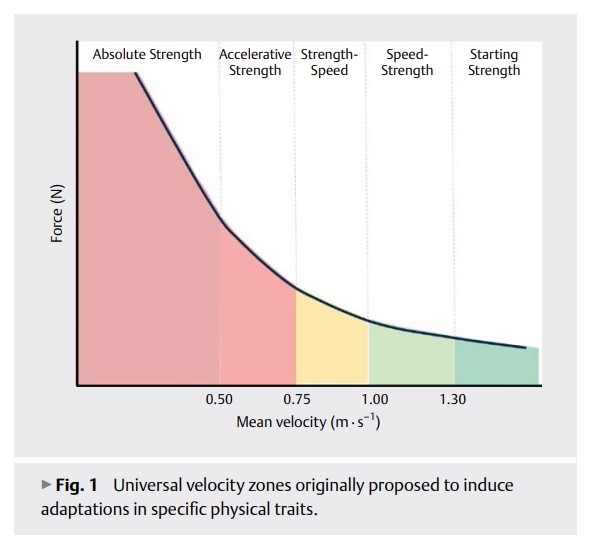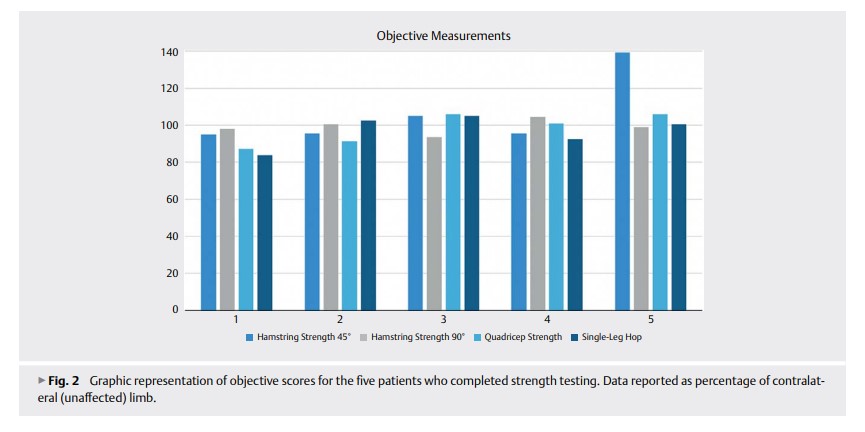
运动医学 ○ 精选论文
International Journal of Sports Medicine
Current Research on Vitamin D Supplementation against Sarcopenia: A Review of Clinical Trials
Heidi Kressel, Antonios Matsakas
Vitamin D plays an important role in skeletal muscle function and metabolism. The aim of this review was A) to discuss the clinical evidence of vitamin D supplementation either alone or combined with other strategies in the prevention of sarcopenia in non-sarcopenic individuals and B) to critically discuss the clinical evidence on the effect of vitamin D combined with other strategies on muscle strength, mass and function in sarcopenic individuals without vitamin D deficiency. Sparse clinical data on non-sarcopenic individuals indicate that vitamin D alone has a subtle beneficial effect on knee extensor strength at doses 880–1600 IU/day without improving handgrip strength or muscle mass. When co-administered with other supplements such as protein, mixed effects appear to prevent the decline of muscle mass, possibly delaying the onset of sarcopenia in non-sarcopenic individuals, at doses of 800–1,000 IU/day over 6–12 weeks. In sarcopenic individuals, vitamin D 100–1,000 IU/day co-supplementation with protein results in increased handgrip strength between 9.8–40.5%. However, there is no strong clinical evidence that vitamin D dosage correlates with changes in muscle strength or mass. Potential sources of discrepancy among studies are discussed. Future studies with appropriate experimental design are essential to dissect the net effect of vitamin D on sarcopenia.

International Journal of Sports Medicine
Resistance Training Intensity Prescription Methods Based on Lifting Velocity Monitoring
Amador García Ramos
Resistance training intensity is commonly quantified as the load lifted relative to an individual's maximal dynamic strength. This approach, known as percent-based training, necessitates evaluating the one-repetition maximum (1RM) for the core exercises incorporated in a resistance training program. However, a major limitation of rigid percent-based training lies in the demanding nature of directly testing the 1RM from technical, physical, and psychological perspectives. A potential solution that has gained popularity in the last two decades to facilitate the implementation of percent-based training involves the estimation of the 1RM by recording the lifting velocity against submaximal loads. This review examines the three main methods for prescribing relative loads (%1RM) based on lifting velocity monitoring: (i) velocity zones, (ii) generalized load-velocity relationships, and (iii) individualized load-velocity relationships. The article concludes by discussing a number of factors that should be considered for simplifying the testing procedures while maintaining the accuracy of individualized L-V relationships to predict the 1RM and establish the resultant individualized %1RM-velocity relationship: (i) exercise selection, (ii) type of velocity variable, (iii) regression model, (iv) number of loads, (v) location of experimental points on the load-velocity relationship, (vi) minimal velocity threshold, (vii) provision of velocity feedback, and (viii) velocity monitoring device.

Sports Medicine International Open
Nonoperative Treatment of Single-Tendon Proximal Hamstring Avulsions in Recreational Athletes
Olivia J. Bono, Julianne Forlizzi, Sarav S Shah, Christopher R. Nacca, Eric Manz, Katharine Ives, Suzanne L. Miller
The purpose of this study was to evaluate the patient-reported and objective functional outcomes of those patients who underwent nonoperative management of a single-tendon retracted proximal hamstring avulsion. A retrospective case series of consecutive patients with an MRI-confirmed diagnosis of single-tendon proximal hamstring avulsion treated nonoperatively with at least one year of follow-up was performed. Patient-reported outcome measures (PROMs) including SF-12v2, Lower Extremity Functional Score (LEFS), Hip Outcome Score-activities of daily living and sport subscale (HOS-ADL, HOS-SS) were prospectively collected. Objective measurements included strength testing of the affected and unaffected limbs with a handheld dynamometer and single-leg hop test. Student’s t-tests were used to determine differences between limbs. Eleven of fourteen patients were available for PROMs (79%); five completed functional testing. Subjective scores revealed a mean SF-12v2 mental component score of 56.53±8.2, and a physical component score of 50.1±12.7. LEFS was 84%±19.8, HOS-ADL 87.9%±17.2, and HOS-SS 80.9%±24. The differences between limbs were not statistically significant for strength at 45 or 90 degrees of knee flexion, nor for single-leg hop distance. Patients in a non-professional athlete population who undergo nonoperative management of single-tendon retracted proximal hamstring avulsions can expect good subjective and objective outcomes.

